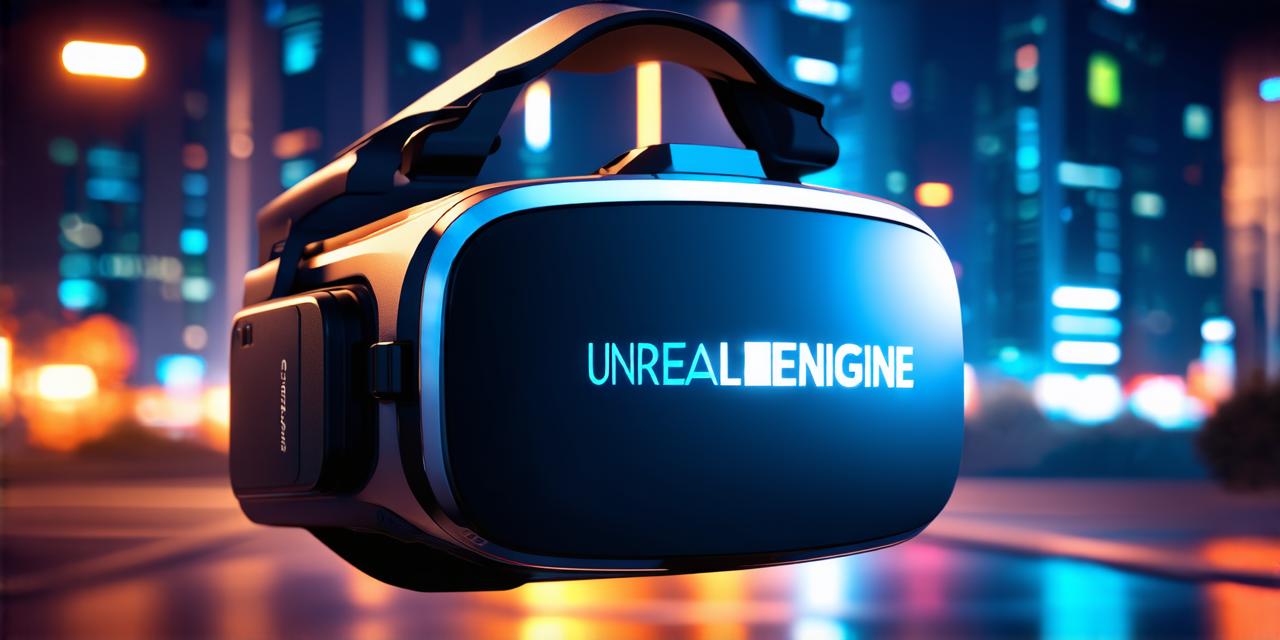Virtual reality (VR) is an immersive technology that allows users to experience a simulated environment in real-time. With the growing popularity of VR, there has been a surge in demand for developers who can create engaging and interactive applications using the latest tools and techniques.
Hardware Requirements
Before diving into the world of VR development, it’s important to understand the hardware requirements. To develop VR applications, you will need a computer with at least a high-end graphics card and enough processing power to handle the demands of virtual reality.
Additionally, you will need a compatible VR headset such as Oculus Quest 2 or HTC Vive.
One of the key considerations when it comes to hardware is the frame rate. VR applications require a high frame rate to avoid motion sickness and provide a smooth user experience. To achieve this, you will need a computer with at least 60 frames per second (fps) and preferably higher.
You can also optimize your application by using techniques such as occlusion culling and level of detail (LOD) to reduce the number of draw calls and improve performance.
Software Development
Once you have the hardware requirements in place, it’s time to start building your VR application. Unreal Engine is a popular choice for VR development due to its powerful tools and features.
It provides a visual scripting system that allows developers to create complex interactions without writing code, as well as support for C++ and Blueprints programming languages.
One of the key benefits of using Unreal Engine is its cross-platform compatibility. Your VR application can be deployed on multiple platforms such as PC, mobile, and consoles. This makes it easier to reach a wider audience and increase the potential return on investment.
Programming Languages
In addition to visual scripting, Unreal Engine supports several programming languages including C++ and Blueprints.
When it comes to choosing a programming language, it really depends on your personal preference and the complexity of your project. If you are new to programming or prefer a more visual approach, Blueprints may be the best choice for you. However, if you need more control over the engine’s internals and are comfortable with coding, C++ may be the way to go.
Best Practices for Creating VR Experiences
Now that we have covered the hardware requirements and programming languages, let’s discuss some best practices for creating engaging VR experiences.
-
Keep it Simple: When it comes to VR, less is more. Users can become disoriented and nauseous if the experience is too complex or overwhelming. Stick to simple, intuitive interactions and avoid cluttering the environment with unnecessary objects.
-
Optimize for Performance: As mentioned earlier, VR applications require a high frame rate to avoid motion sickness. Make sure to optimize your application for performance by using techniques such as occlusion culling and LOD.
-
Test, Test, Test: Before releasing your VR application, it’s essential to test it thoroughly on multiple platforms and devices. This will help you identify any issues or bugs that may be causing problems with the user experience.
-
Use Realistic Lighting: Lighting is a crucial aspect of creating an immersive VR experience. Make sure to use realistic lighting models to create a sense of depth and perspective in the environment.
